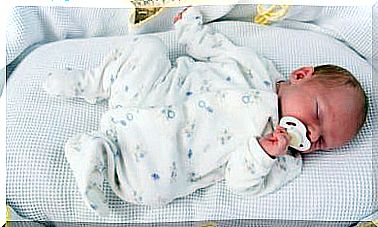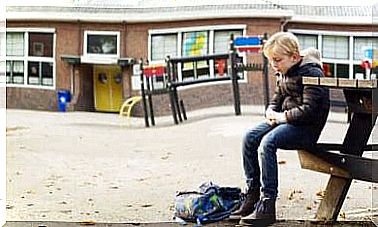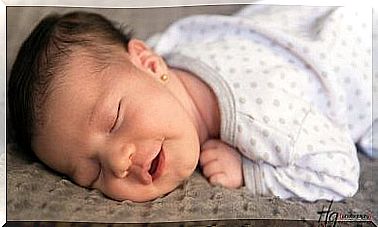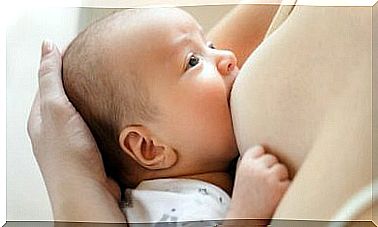Drooping Eyelids In Children: Causes And Treatments
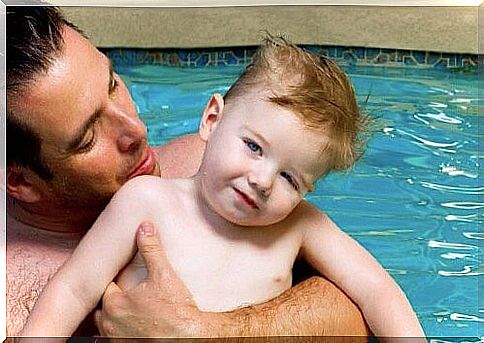
Drooping eyelids are also known as ptosis. The eyelid can only hang slightly or cover the whole eye and thus severely impair the child’s eyesight.
This eyelid disease can affect both eyes or just one. It can be innate or triggered by other factors. Find out all you need to know about droopy eyelids in this article .
Causes of droopy eyelids
There are a variety of causes that can be related to droopy eyelids. The most common are:
- Congenital ptosis: the levator palpebrae superioris muscle cannot open the eye because the muscle is inherited incorrectly.
- Problems During Childbirth: The baby’s eyelid muscle can be damaged from the use of forceps during childbirth.
- Eye movement disorders: Acquired disorders of the eye muscles.
- Brain and Central Nervous System Problems: Sometimes ptosis can result from a cerebral abnormality or neuromuscular disease of the eyes.
- Inflammation and non-muscular factors, for example eyelid tumor, allergies, trauma or conjunctivitis.
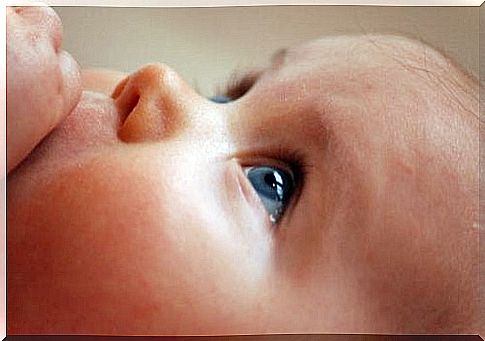
Drooping eyelids: the most common symptoms
Drooping eyelids are usually recognized by around six months of age as the baby then spends more time with his eyes open and expressing himself differently on his face.
If the child has ptosis, the symptoms usually include:
- Leaning your head back to see something (this can negatively affect posture, e.g. torticollis)
- Raising the eyebrows to lift the drooping eyelid
- Increased tear formation
- Loss of vision, partially or completely
Drooping eyelids: consequences
Ptosis is not a serious disease. However, if the eyelids partially or completely cover the pupil, it can affect the child’s vision and cause the following vision problems:
- Amblyopia, or sluggish eye: This causes decreased vision in one or both of the child’s eyes.
- Squint: With this visual defect, the eyes do not look in the same direction because the infant cannot control the eye muscles adequately.
treatment
In general, the only effective treatment is surgery. There are no exercises or drugs to strengthen the muscles that control the movement of the eyelids.
According to the Institute of Ophthalmic Microsurgery, a child with congenital ptosis should be examined regularly from birth.
An ophthalmologist will assess the condition and recommend the best possible treatment:
- Regular check-ups are important in order to detect symptoms at an early stage.
- Occlusion of the healthy eye: In amblyopia, the better seeing eye is covered in order to train the lazy eye.
- Surgical intervention is usually not recommended until the child is 3 or 5 years old. Only if there is a threat of vision loss will an operation be carried out earlier.
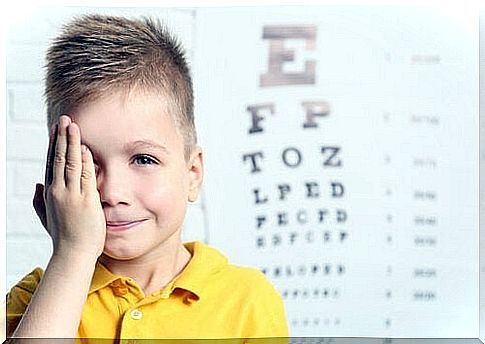
recommendations
If you see droopy eyelids in your child, you should have them examined by a doctor. The American Society for Ophthalmology advises that it is very important to identify this problem as soon as possible.
This will help avoid complications that could lead to vision loss. The family doctor will refer your child to a specialist who can then initiate the correct treatment. Follow the doctor’s recommendations to be successful with this.
Corrective treatment is best done in early childhood, before the child starts school. This can help prevent visual problems from affecting your child’s academic performance or self-esteem.

